Get the gloss on the latest interior trend
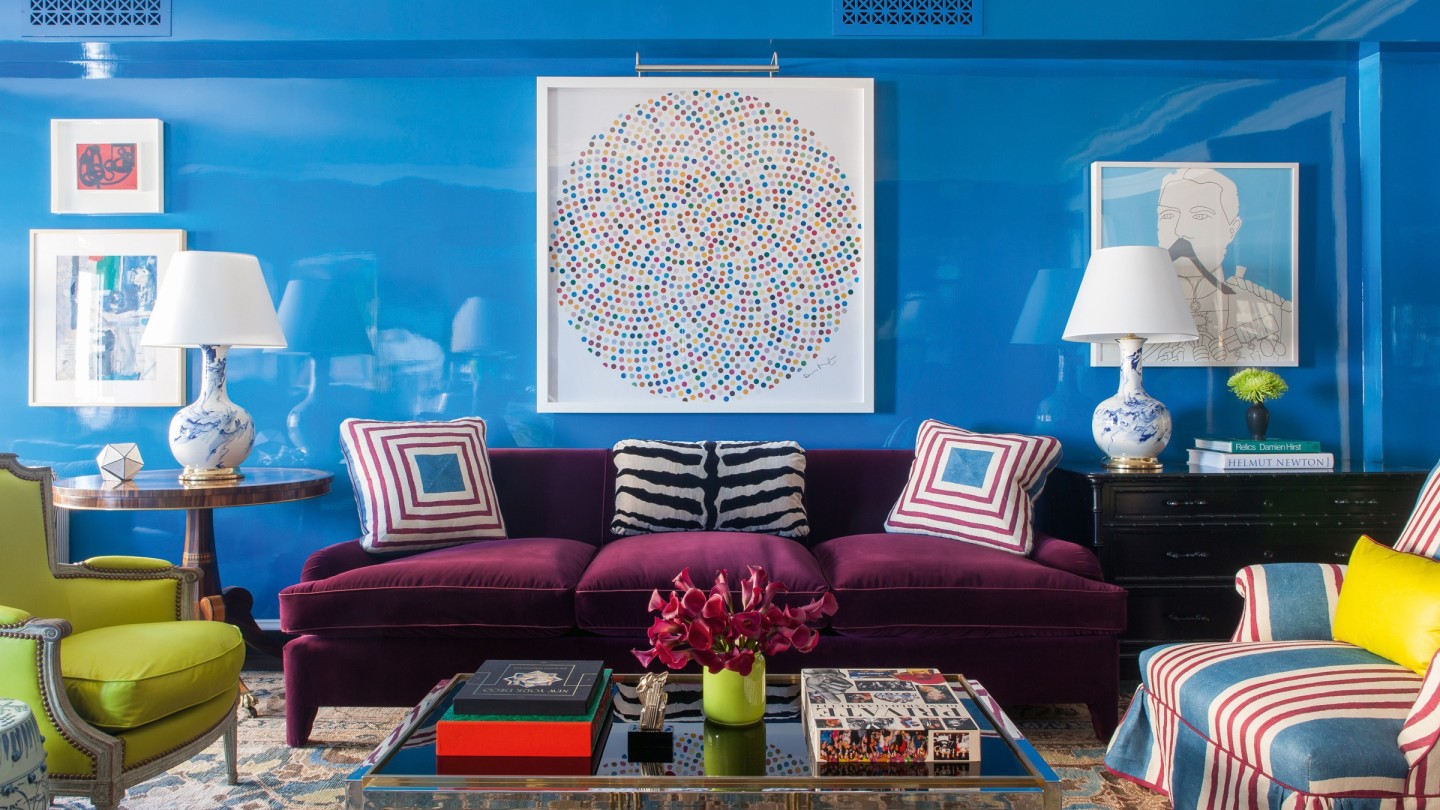
Simply sign up to the Style myFT Digest -- delivered directly to your inbox.
Enter the house of gloss. Statement walls glisten, brightly coloured side tables reflect low-hanging lamps, and sunlight bounces through shady corridors. Even the ceiling has a mysterious sheen. The secret? Lacquer, a lustrous finish for wood that has been used decoratively in east Asia for some 2,000 years.
“I just love the richness of lacquer,” says designer Suzanne Sharp, whose 16-piece collection for The Lacquer Company launches this month (from £195 for a small Castello tray). Unlike highly decorated traditional lacquerware, Sharp’s set of furnishings is driven solely by colour. She views each item as “the equivalent of an amazing pair of shoes or socks”, designed to give the finishing touch to an otherwise classic room. “I wanted to put colour in unexpected places,” she adds, pointing to a set of bottle-green desk accessories.
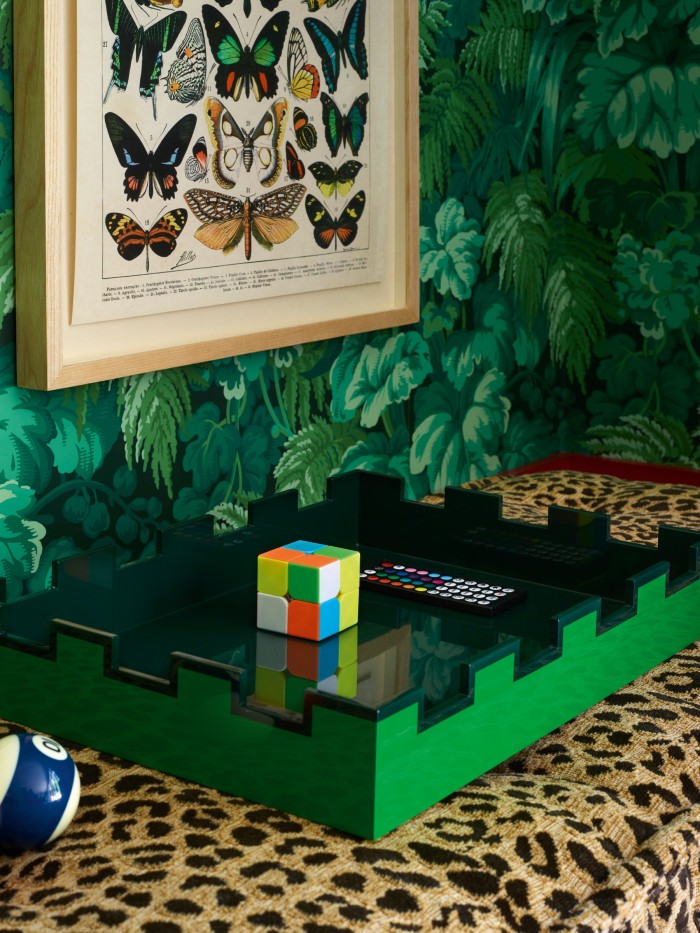
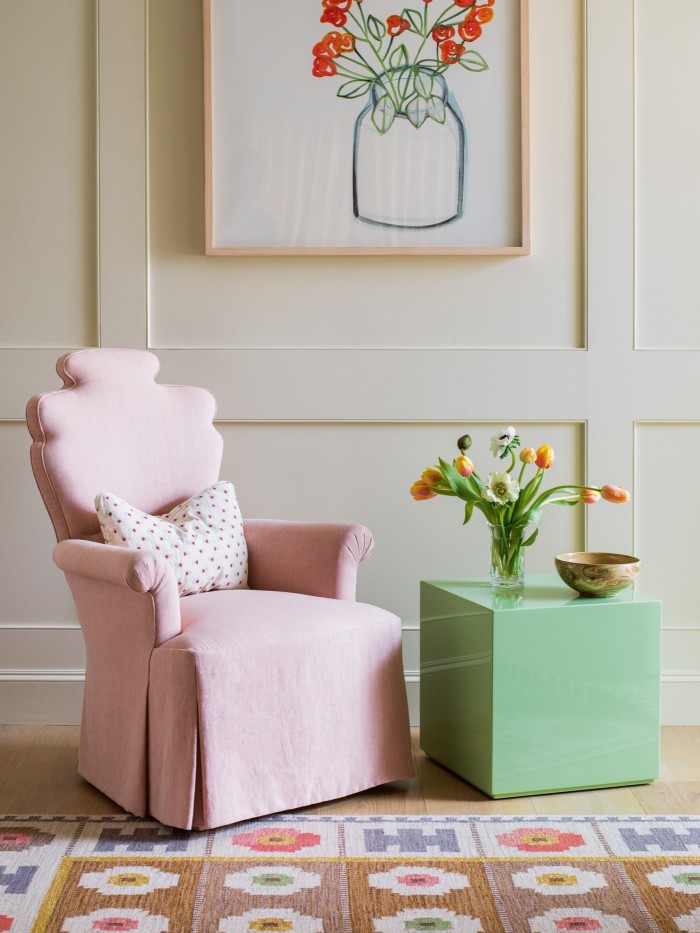
For interior designer Susie Atkinson, it’s about balancing texture – “particularly when a scheme is reading too matte”, she says. “Lacquered pieces bring things to life by adding movement, shine and contrast.” Recent updates to her furniture collection include four geometric side tables finished with 16 layers of high-gloss resin (from £1,040 for a cube design). Atkinson suggests contrasting them with historic pieces, a tip echoed by design studio Yellow London. “Contemporary lacquer furniture marries well with most antiques,” explains co-founder Cath Beckett, whose own bedroom places bespoke glazed tables either side of a floral headboard designed by the Vienna modernist Josef Frank.
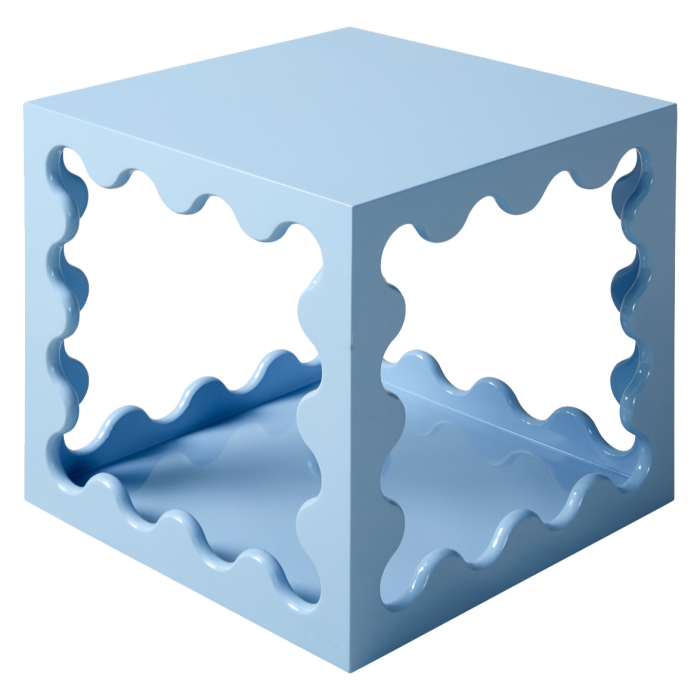
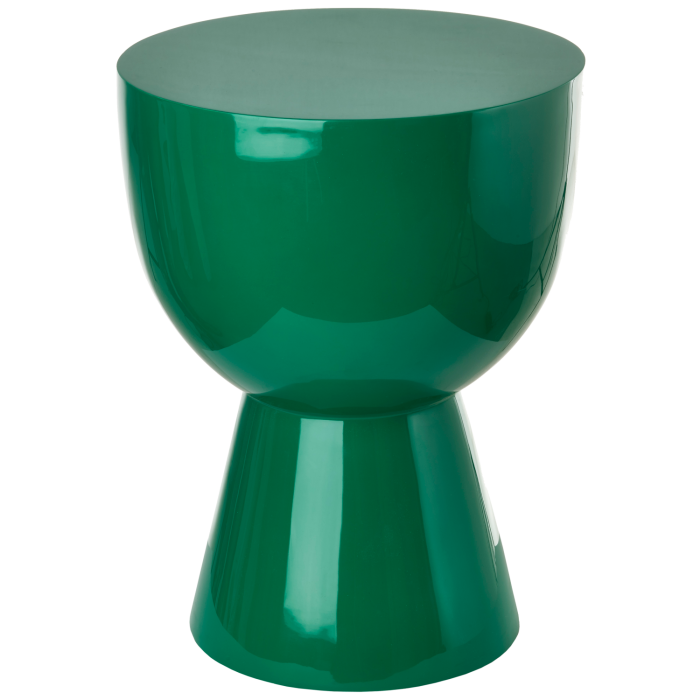
It’s also a finish that lends itself to curves, particularly the Memphis-inspired wiggle trend. Jonathan Adler’s pastel-blue Ripple Lacquer Cube (£495) doubles as table and bookshelf, while Dutch brand Pols Potten has created its jolly lacquer stools and tables (£253 for the Tam Tam design; madeindesign.co.uk) for the past 20 years. New for autumn is Roche Bobois’s collection with designer Eugeni Quitllet, where a sinuous dining table with lacquer legs takes centre stage (£3,780). But for Priya Khanchandani, head of curatorial and interpretation at the Design Museum, the object she’s lusting after is ENOstudio’s Brandy table (from €1,689). Its appeal, she says, lies in its “glossy finish, which catches the light, feels richer than plastic, and is also pretty practical.”
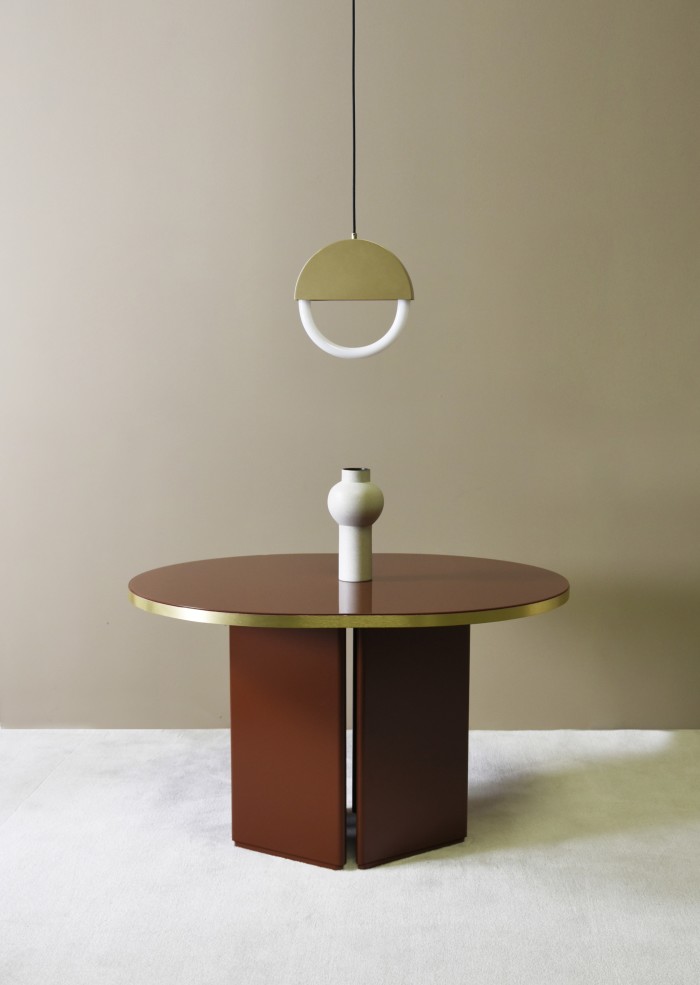
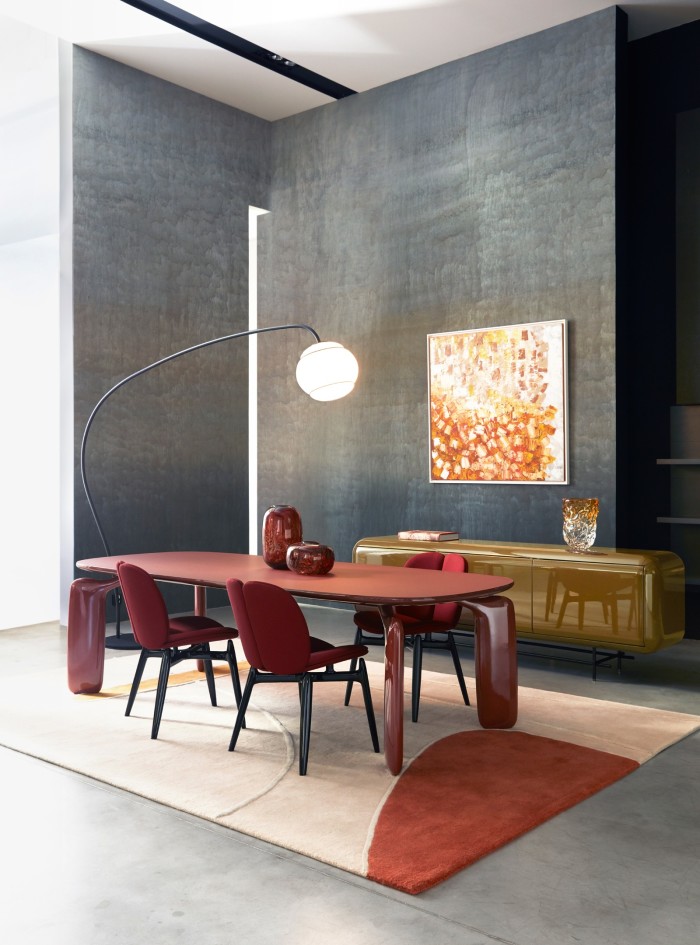
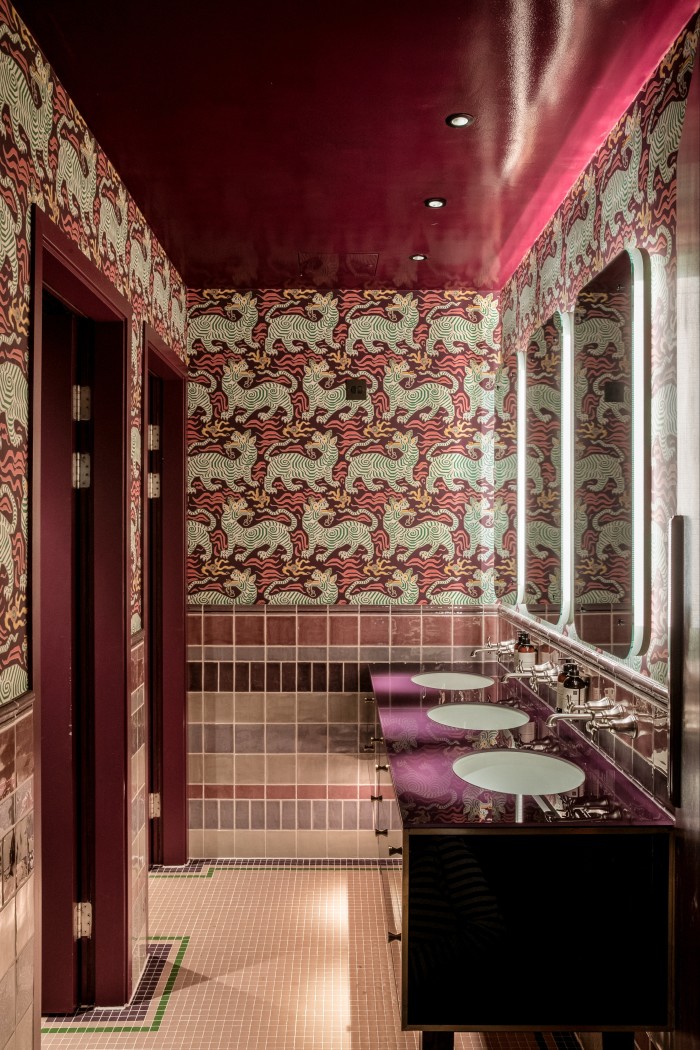
More daring pursuers will look to create a statement wall, ceiling – or even a whole room. The latter works well in spaces lacking natural light, says Clara Ewart, head of design at boutique practice Kitesgrove. “Its reflective qualities mean that the colour subtly changes in varying lights and contexts,” she says. As Ewart suggests, lacquer can add glamour to areas that are typically unloved – see Suzy Hoodless’s scheme for a windowless bathroom at London members’ club AllBright, where a rich lacquer ceiling is paired with a tiger-print wallpaper.
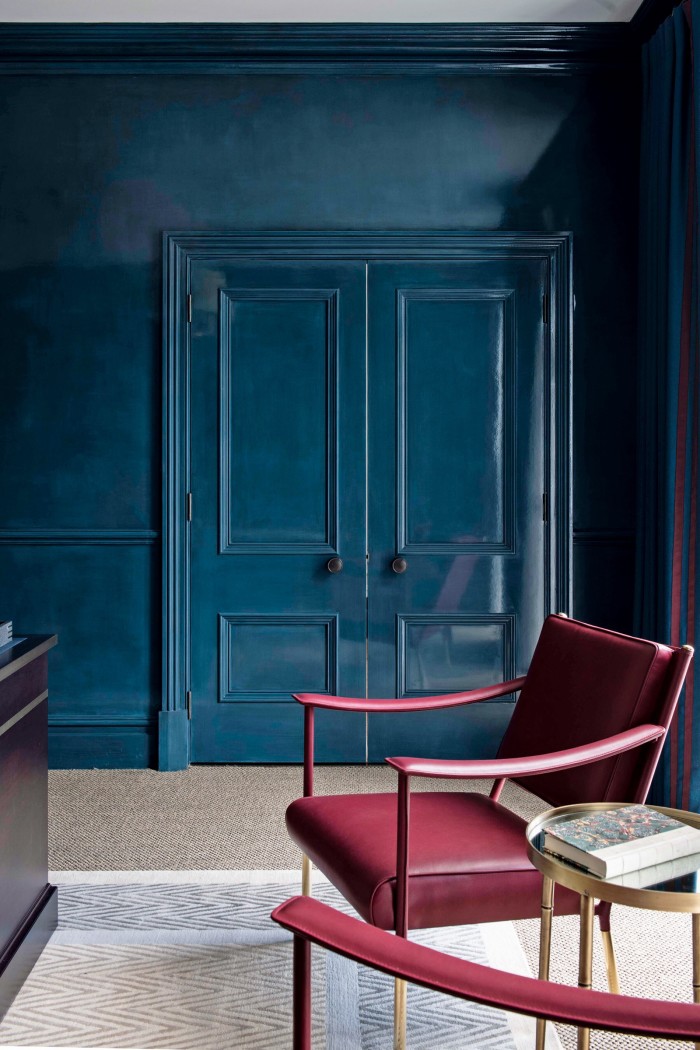
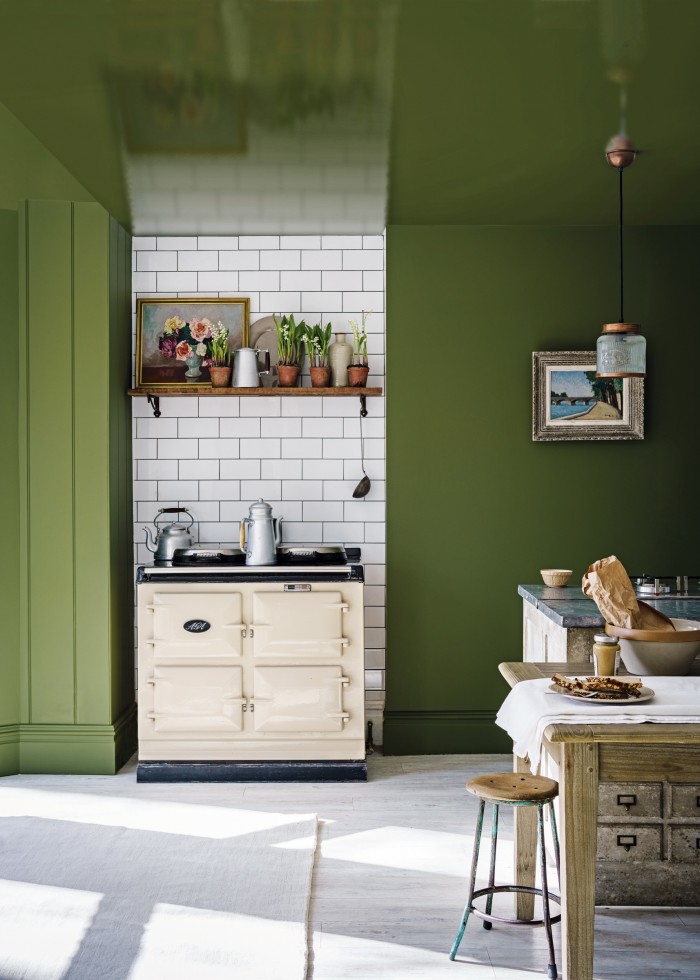
But what about colour? “The most effective are strong and dramatic,” says Joa Studholme, Farrow & Ball’s colour curator, who highlights Inchyra Blue and Bancha, a warm olive green. Both options are available in Full Gloss (£66 for 2.5l), an easier alternative to lacquer, which typically requires between seven and 12 coats – not to mention the polishing in-between. Further slickness can be achieved with a primer, a good option being Paint & Paper Library’s Architects ASP (£42 for 2.5l). “It’s an extremely robust primer,” says the brand’s head of design Andy Greenall. “Perfect for surfaces in high-traffic areas such as hallways and landings.”
Interior designer Nick Olsen also prefers a vivid palette. A recent project for a New York apartment saw him replicate an electric-blue shade from a Sultanabad rug as vibrant lacquered walls. Another involved lacquering a client’s ceiling in aqua to give the impression of “living under the ocean’s surface”. However, as Studholme points out, neutral shades are equally desirable, especially when creating a bright work space. Take a leaf out of New Jersey design duo Toledo Geller’s portfolio and transform a gloomy office with a lustrous wash of light blue. Less adventurous decorators can reserve gloss for cabinets, doors and trims, as seen on the beams of co-founder Virginia Toledo’s dining-room ceiling.
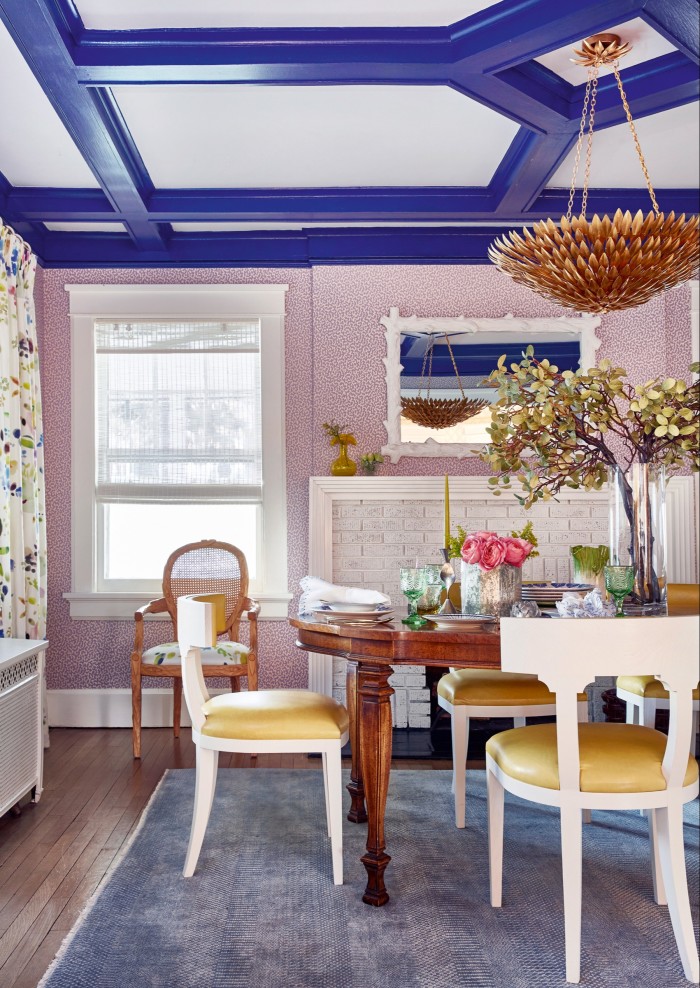
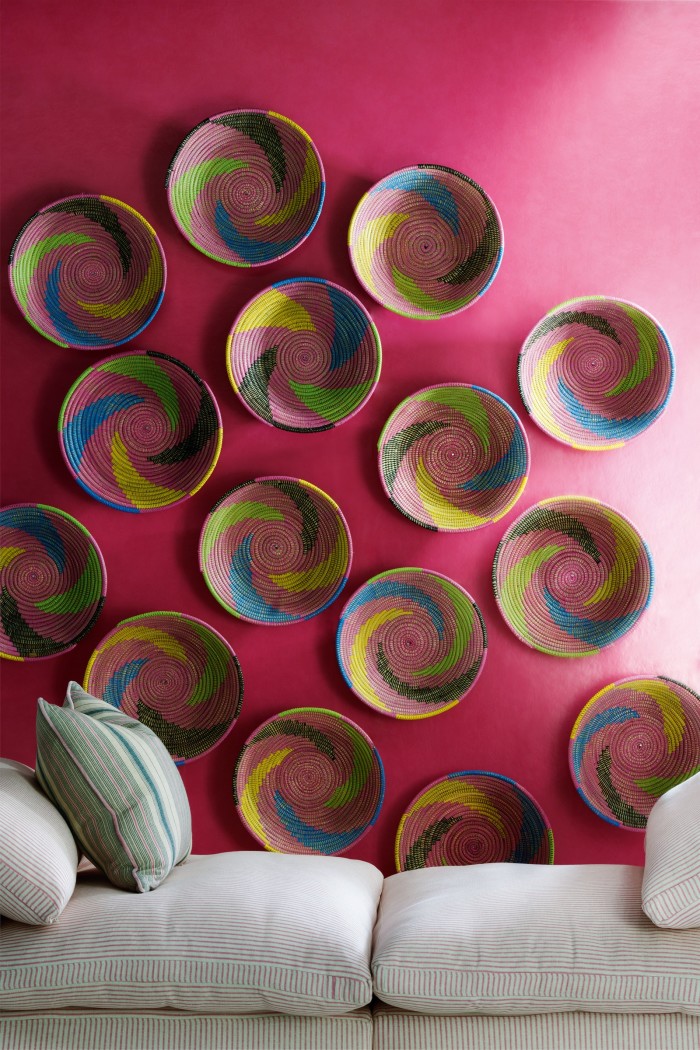
London-based decorative artist Henry van der Vijver has worked with lacquer for more than two decades. He describes the process as a “labour of love”, one based on Japanning, the 18th-century European imitation of east Asian lacquer work. Projects start with an assessment of the surface, which is then treated with crack suppressant fibreglass (lacquer has a tendency to maximise imperfections). The subsequent “30 processes”, from multiple flushes of marble-based filler to sanding the entire surface flat, conclude with over 20 coats of paint, glaze and lacquer. “It’s not for the faint-hearted,” says van der Vijver.
A less demanding approach comes from design company Andrew Martin, where founder Martin Waller, a self-proclaimed enthusiast, has created a collection of lacquer-effect wallpapers (£44.40 per roll). “In every room there should be something dark, something light, something dull and something bright, and lacquer lends the latter,” he says. “It is a jolt of vibrant green, a shock of exquisite yellow or a dash of scarlet among the quintessential textures of a domestic space.”
Comments